Home>Gardening & Outdoor>Plant Care & Gardening Tips>How Can A Non-Native Plant In An Ecosystem Affect Native Plants
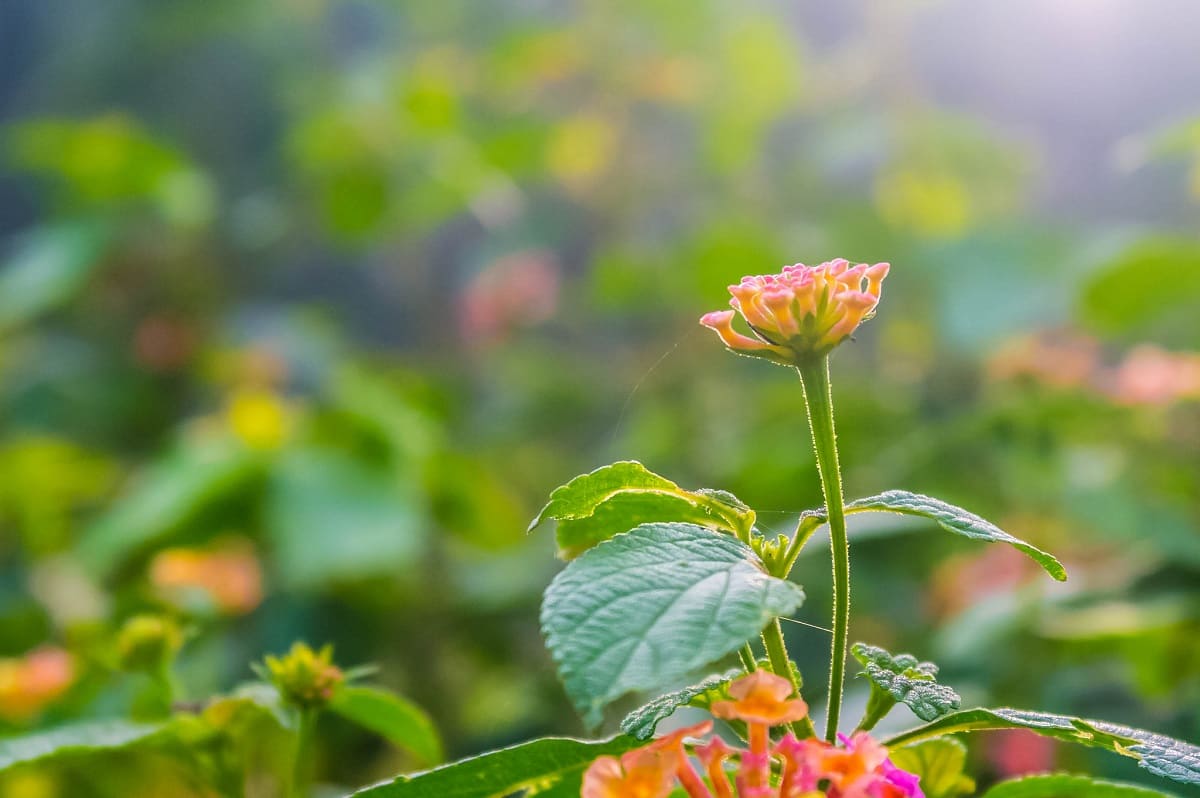

Plant Care & Gardening Tips
How Can A Non-Native Plant In An Ecosystem Affect Native Plants
Modified: January 4, 2024
Learn how the presence of non-native plants can impact the growth and survival of native plants in an ecosystem. Discover plant care and gardening tips to maintain a healthy balance.
(Many of the links in this article redirect to a specific reviewed product. Your purchase of these products through affiliate links helps to generate commission for Storables.com, at no extra cost. Learn more)
**
Introduction
**
Welcome to the fascinating world of plant ecosystems, where the delicate balance between native and non-native plant species plays a crucial role in shaping the environment. As we delve into this intricate web of botanical interactions, we will explore the profound impact that non-native plants can have on their native counterparts within an ecosystem.
In the realm of plant ecology, the term "non-native plants" refers to species that have been introduced to a particular region or habitat from a different geographical area. These plants, also known as exotic or alien species, may thrive in their new environment, often outcompeting native plants for resources and altering the dynamics of the ecosystem.
In this article, we will unravel the multifaceted ways in which non-native plants can influence native species and the broader ecosystem. From competition for resources to the transformation of soil composition, the presence of non-native plants can trigger a cascade of effects that reverberate throughout the natural landscape.
Join us on this enlightening journey as we uncover the intricate relationships between non-native and native plants, gaining a deeper understanding of how the introduction of non-native species can shape the ecological tapestry of a given area. Let's embark on this botanical exploration and unravel the compelling narrative of non-native plants in ecosystems.
**
Key Takeaways:
- Non-native plants can outcompete native species for resources, leading to a decline in native plant abundance and diversity, disrupting the delicate balance of the ecosystem.
- The presence of non-native plants can alter soil composition, impacting nutrient cycling and the growth of native plants, highlighting the need for informed strategies to manage invasive species.
Read more: How Could The Introduction Of A Non-Native Species Of Plant Affect An Ecosystem In North Carolina?
Definition of Non-Native Plants
**
Before delving into the impact of non-native plants on native species, it is essential to grasp the concept of non-native plants and their role within ecosystems. Non-native plants, also referred to as exotic or alien species, are those that have been introduced to a region or habitat outside of their natural range. These plants may have arrived in a new environment through human activities, such as trade, agriculture, horticulture, or accidental transport via vehicles or cargo.
Non-native plants can originate from different continents, countries, or even distinct ecological zones within the same region. Upon their introduction to a new habitat, these plants may encounter a range of environmental conditions, including variations in climate, soil composition, and the presence of native flora and fauna.
It is important to note that not all non-native plants become invasive or detrimental to native ecosystems. Some non-native species coexist harmoniously with native plants, contributing to the overall biodiversity of an area without causing significant disruption. However, certain non-native plants possess characteristics that enable them to outcompete native species, leading to ecological imbalances and potential harm to the native flora and fauna.
Understanding the distinction between non-native and native plants is crucial for assessing the ecological implications of introducing new species to a given area. By recognizing the traits and behaviors of non-native plants, ecologists and conservationists can develop strategies to mitigate the negative impacts of invasive species and preserve the integrity of native ecosystems.
Now that we have established a foundational understanding of non-native plants, we can delve deeper into their influence on native species and the intricate dynamics of plant communities within diverse ecosystems.
**
Impact of Non-Native Plants on Native Plants
**
The presence of non-native plants within an ecosystem can exert a multifaceted impact on native species, influencing various aspects of their growth, reproduction, and overall ecological interactions. Understanding these effects is crucial for comprehending the intricate dynamics of plant communities and the broader implications for biodiversity and ecosystem stability.
One of the primary ways in which non-native plants affect native species is through competition for essential resources, including sunlight, water, nutrients, and space. Non-native plants that possess aggressive growth traits or efficient resource utilization mechanisms may outcompete native species, depriving them of the resources necessary for their survival and reproduction. This competitive pressure can lead to a decline in the abundance and diversity of native plants, potentially disrupting the delicate balance of the ecosystem.
Furthermore, the introduction of non-native plants can alter the dynamics of an ecosystem, influencing the availability of resources and the interactions between different species. As non-native plants establish themselves and proliferate, they may modify the structure and composition of plant communities, potentially leading to shifts in species diversity and the overall functioning of the ecosystem.
Another significant impact of non-native plants on native species is the potential displacement of indigenous flora due to the invasive nature of certain non-native species. Invasive plants can rapidly spread and dominate a habitat, displacing native species and altering the ecological relationships that have evolved over time. This displacement can have far-reaching consequences, affecting not only the plant species directly involved but also the associated animal species that depend on specific plants for food and shelter.
Moreover, non-native plants can influence the composition and properties of the soil in which they grow, potentially altering nutrient cycling, soil structure, and microbial communities. These changes in soil composition can further impact the growth and survival of native plants, as well as the overall health of the ecosystem.
As we continue to unravel the intricate web of interactions between non-native and native plants, it becomes evident that the presence of non-native species can exert profound effects on the ecological balance and biodiversity of natural ecosystems. By understanding these impacts, we can develop informed strategies for managing non-native plants and preserving the resilience and diversity of native plant communities.
Competition for Resources
Competition for essential resources is a critical factor in shaping the interactions between non-native and native plants within an ecosystem. Non-native plants often compete with native species for vital resources such as sunlight, water, nutrients, and space, leading to significant implications for the ecological balance of the habitat.
One of the key resources that non-native plants compete for is sunlight. In their quest for optimal light exposure, non-native plants may outcompete native species by forming dense canopies or rapidly growing towards available light sources. This can result in shading effects that limit the amount of sunlight reaching native plants, potentially hindering their photosynthetic capacity and overall growth. As a consequence, native species may struggle to thrive in the shadow of aggressive non-native plants, impacting their reproductive success and long-term survival.
Water availability is another critical resource over which non-native and native plants may compete. Non-native plants with efficient water uptake mechanisms or drought tolerance traits can outcompete native species, particularly in regions where water resources are limited. This competition for water can place native plants at a disadvantage, affecting their ability to withstand periods of drought and maintain optimal hydration levels for growth and reproduction.
Nutrient competition is also a significant aspect of the interaction between non-native and native plants. Non-native species with efficient nutrient acquisition strategies may deplete soil resources, leaving native plants with limited access to essential nutrients for their growth and development. This can lead to nutrient imbalances and deficiencies in native plants, impacting their overall health and resilience in the face of environmental stressors.
Furthermore, the competition for space can influence the distribution and abundance of non-native and native plants within an ecosystem. Non-native plants that exhibit rapid growth or prolific spreading capabilities can encroach upon the habitat of native species, reducing the available space for their establishment and growth. This spatial competition can limit the expansion of native plant populations and alter the overall composition of the plant community.
As we unravel the intricate dynamics of resource competition between non-native and native plants, it becomes evident that these interactions play a pivotal role in shaping the structure and functioning of plant communities within diverse ecosystems. By understanding the nuances of resource competition, we can develop informed strategies for managing non-native plants and preserving the resilience and diversity of native plant populations.
Non-native plants can outcompete native plants for resources like sunlight, water, and nutrients, which can lead to a decline in native plant populations. It’s important to monitor and manage non-native plants to protect the balance of the ecosystem.
Alteration of Ecosystem Dynamics
Non-native plants have the potential to significantly alter the dynamics of an ecosystem, influencing the distribution, abundance, and interactions of plant species within a given habitat. The introduction and proliferation of non-native species can trigger a cascade of effects that reverberate throughout the ecological network, reshaping the structure and functioning of the ecosystem.
One notable impact of non-native plants on ecosystem dynamics is the modification of habitat structure. Non-native species that exhibit aggressive growth patterns or form dense thickets can transform the physical characteristics of a habitat, potentially displacing native vegetation and altering the overall landscape. This alteration in habitat structure can have implications for the availability of resources, microclimatic conditions, and the suitability of the environment for native species.
Furthermore, the presence of non-native plants can influence the patterns of species diversity and the composition of plant communities within an ecosystem. Invasive non-native species may outcompete native plants, leading to a reduction in native species richness and a shift in the dominance of certain plant taxa. This can disrupt the intricate web of ecological interactions that have evolved over time, potentially impacting the stability and resilience of the ecosystem.
The spread of non-native plants can also affect the availability of food and habitat for native wildlife, influencing the dynamics of species interactions within the ecosystem. Changes in plant composition and structure can alter the resources available to herbivores, pollinators, and other wildlife, potentially impacting their foraging behavior, reproductive success, and overall population dynamics.
Moreover, non-native plants can influence the patterns of nutrient cycling and energy flow within an ecosystem. Alterations in the composition and abundance of plant species can impact the input of organic matter, nutrient uptake, and decomposition processes, potentially leading to shifts in nutrient availability and the functioning of the ecosystem as a whole.
As we unravel the intricate web of interactions between non-native plants and ecosystem dynamics, it becomes evident that the presence of non-native species can exert profound effects on the structure, functioning, and resilience of natural ecosystems. By understanding these impacts, we can develop informed strategies for managing non-native plants and preserving the ecological integrity of native plant communities.
Read more: What Is A Non-Native Plant
Displacement of Native Species
The displacement of native plant species due to the invasive nature of non-native plants is a significant ecological concern that can have far-reaching implications for the integrity and biodiversity of natural ecosystems. Invasive non-native species have the potential to rapidly spread and dominate habitats, leading to the displacement of native flora and altering the intricate web of ecological relationships that have evolved over time.
One of the primary mechanisms through which non-native plants displace native species is through competitive exclusion. Invasive non-native plants may outcompete native species for essential resources such as sunlight, water, nutrients, and space, leading to a decline in the abundance and diversity of native plants within the affected habitat. This competitive pressure can limit the capacity of native species to persist and thrive, potentially leading to their local extinction in the presence of aggressive non-native plants.
Furthermore, the rapid spread and colonization capabilities of certain non-native plants can result in the formation of monocultures or dense stands that replace diverse native plant communities. This displacement of native species can lead to homogenization of the habitat, reducing the variety of plant species and altering the overall ecological balance. The loss of native plant diversity can have cascading effects on associated wildlife, including pollinators, herbivores, and other organisms that depend on specific native plants for food and habitat.
The displacement of native species by non-native plants can also impact the genetic diversity and evolutionary trajectories of native populations. As native species face pressure from invasive non-native plants, their genetic diversity may be compromised, potentially reducing their adaptive capacity in the face of environmental changes. This can have implications for the long-term resilience and survival of native plant populations within the affected ecosystem.
Moreover, the displacement of native species by non-native plants can disrupt the intricate web of ecological interactions that have evolved over time. Native plants often form complex relationships with other organisms, including pollinators, herbivores, and soil microbes. The displacement of native species can impact these interactions, potentially affecting the stability and functioning of the ecosystem as a whole.
As we navigate the complex dynamics of non-native plants and the displacement of native species, it becomes evident that the presence of invasive non-native species can have profound and lasting effects on the biodiversity and ecological integrity of natural ecosystems. By understanding these impacts, we can develop informed strategies for managing non-native plants and preserving the resilience and diversity of native plant communities.
Changes in Soil Composition
Non-native plants can influence the composition and properties of the soil in which they grow, potentially altering nutrient cycling, soil structure, and microbial communities. These changes in soil composition can have significant implications for the growth and survival of native plant species, as well as the overall health and functioning of the ecosystem.
One of the ways in which non-native plants impact soil composition is through alterations in nutrient availability and cycling. Some non-native species can modify the nutrient dynamics of the soil by influencing the input of organic matter, nutrient uptake, and decomposition processes. This can lead to shifts in nutrient availability, potentially favoring the growth of non-native plants at the expense of native species that are adapted to specific nutrient conditions.
Furthermore, the presence of non-native plants can influence soil structure and stability, potentially leading to changes in water retention, erosion susceptibility, and overall soil quality. Non-native plants with extensive root systems or allelopathic properties can impact soil aggregation and compaction, potentially altering the physical properties of the soil and affecting the availability of water and nutrients for native plant species.
Non-native plants can also influence the composition and activity of soil microbial communities. The root exudates and litter produced by non-native plants can influence the abundance and diversity of soil microorganisms, potentially leading to shifts in microbial community structure and function. These changes in soil microbial communities can have implications for nutrient cycling, disease dynamics, and overall soil health within the ecosystem.
Moreover, the presence of non-native plants can impact the soil’s resistance to invasive species and the establishment of native plants. Changes in soil composition and microbial communities can influence the competitive interactions between non-native and native plants, potentially shaping the successional trajectories and the long-term resilience of native plant communities within the affected habitat.
As we unravel the intricate connections between non-native plants and changes in soil composition, it becomes evident that the presence of non-native species can exert profound effects on the ecological balance and functioning of natural ecosystems. By understanding these impacts, we can develop informed strategies for managing non-native plants and preserving the resilience and diversity of native plant communities.
Conclusion
The intricate interactions between non-native and native plants within ecosystems underscore the profound impact that non-native species can have on the ecological balance and biodiversity of natural habitats. From competition for essential resources to the displacement of native species and alterations in soil composition, the presence of non-native plants can trigger a cascade of effects that reverberate throughout the intricate web of ecological relationships.
Understanding the implications of non-native plants on native species is crucial for developing informed strategies to manage and mitigate the potential harm caused by invasive species. By recognizing the multifaceted ways in which non-native plants influence native species and ecosystem dynamics, ecologists, conservationists, and land managers can work towards preserving the resilience and diversity of native plant communities within diverse habitats.
It is essential to approach the management of non-native plants with a nuanced understanding of the specific ecological context and the characteristics of both non-native and native species. Integrated management approaches, including targeted removal of invasive species, habitat restoration, and monitoring of plant communities, can help mitigate the negative impacts of non-native plants and promote the recovery of native species within affected ecosystems.
Furthermore, fostering public awareness and engagement in the conservation of native plant communities is vital for cultivating a deeper appreciation of the ecological significance of preserving biodiversity. By promoting responsible horticultural practices, preventing the introduction of potentially invasive species, and participating in restoration efforts, individuals can contribute to the conservation of native plant species and the protection of natural ecosystems.
As we navigate the intricate tapestry of non-native and native plant interactions, we are presented with the opportunity to foster a deeper understanding of the delicate balance that sustains the diversity and resilience of natural ecosystems. By recognizing the significance of preserving native plant communities and mitigating the impacts of non-native species, we can work towards fostering thriving and biodiverse habitats for generations to come.
Join us in embracing the profound narrative of non-native plants in ecosystems, as we strive to preserve the rich tapestry of native flora and the intricate web of life within diverse natural habitats.
Frequently Asked Questions about How Can A Non-Native Plant In An Ecosystem Affect Native Plants
Was this page helpful?
At Storables.com, we guarantee accurate and reliable information. Our content, validated by Expert Board Contributors, is crafted following stringent Editorial Policies. We're committed to providing you with well-researched, expert-backed insights for all your informational needs.
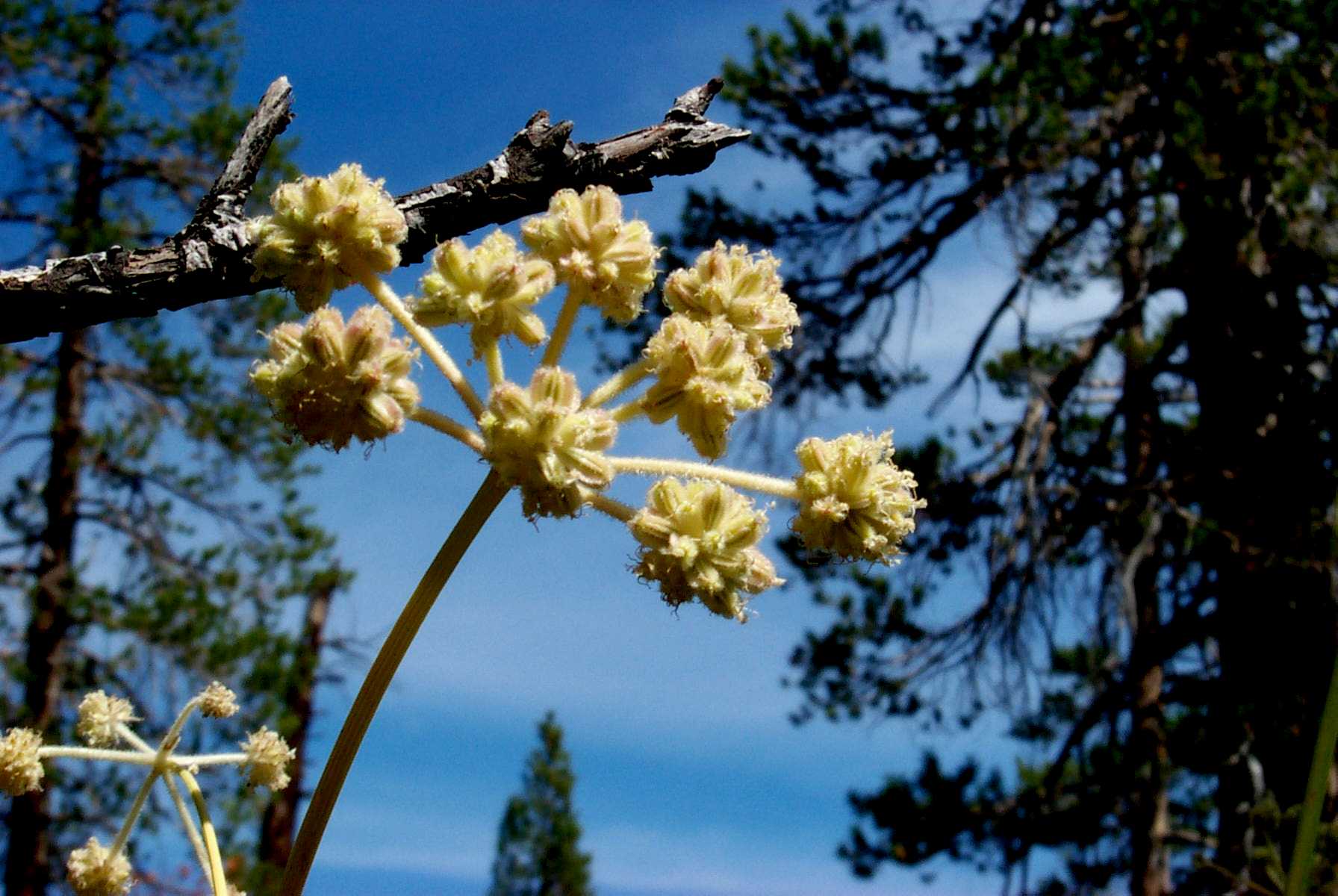
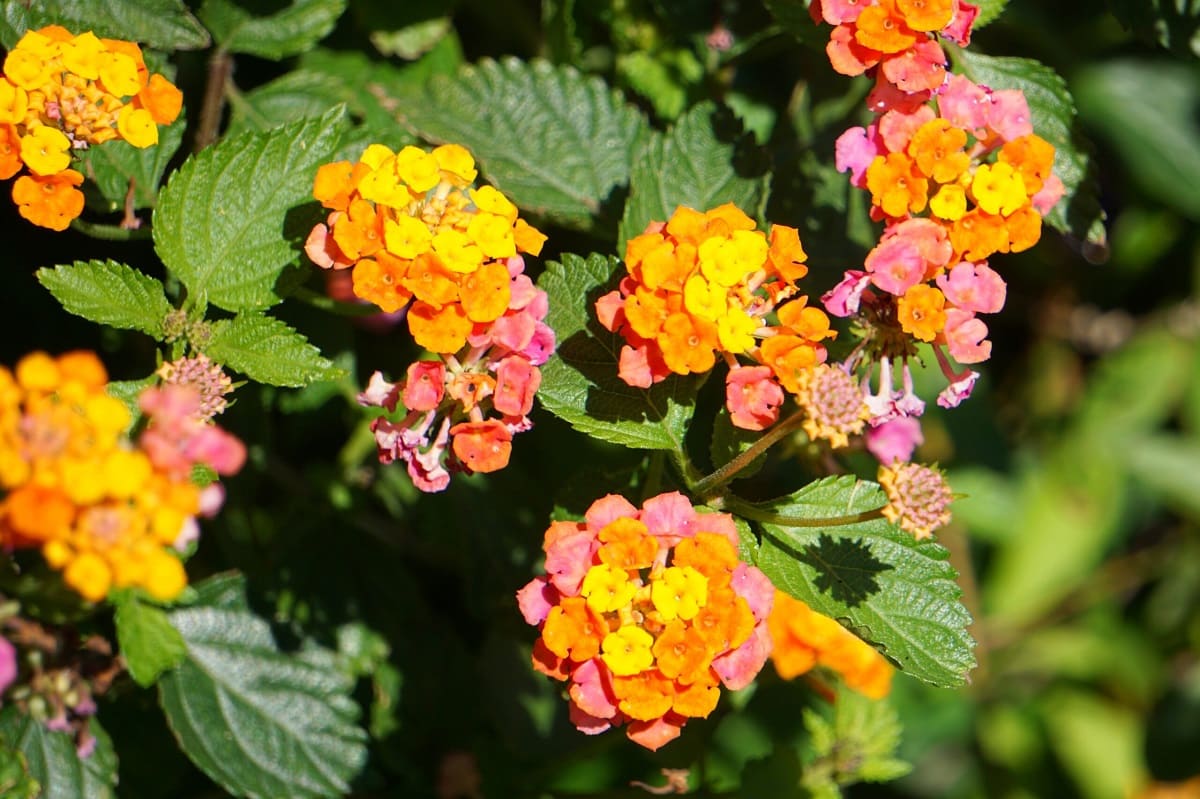
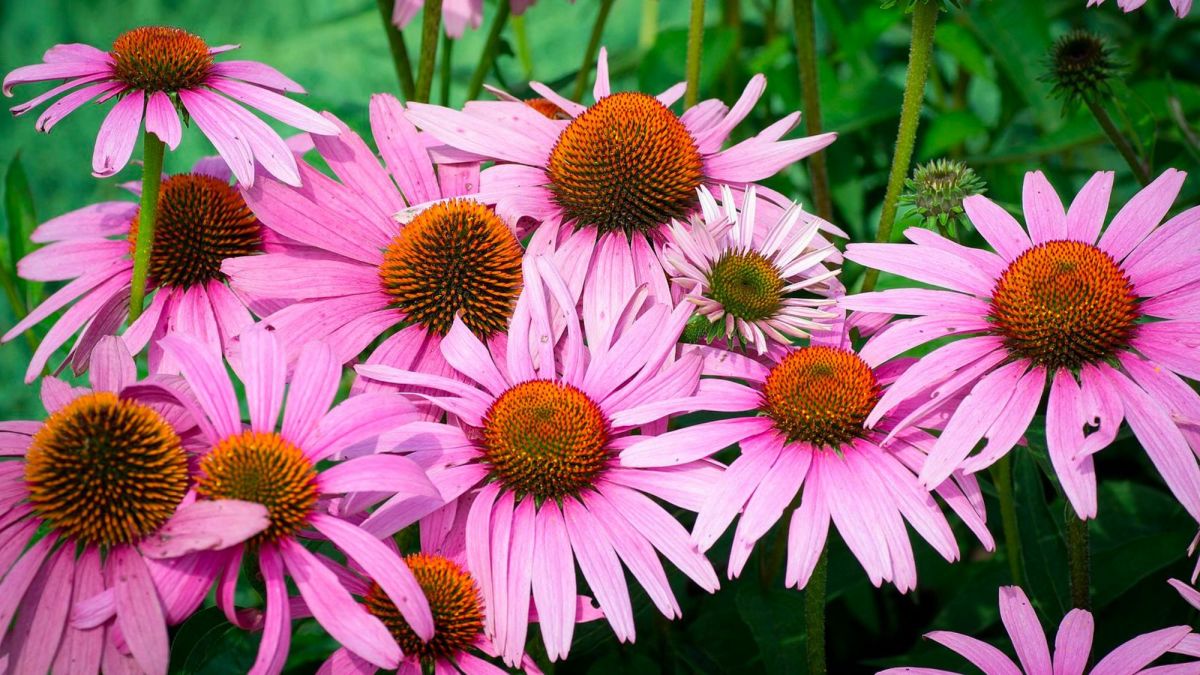
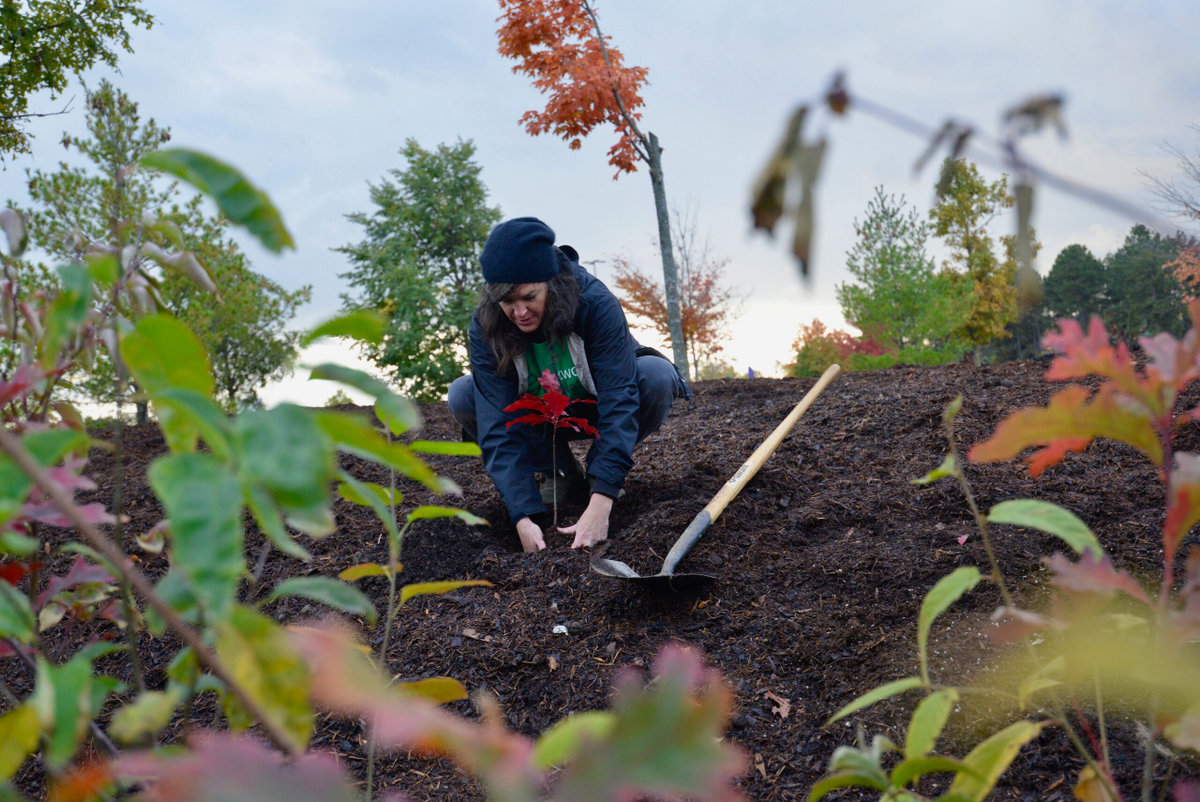

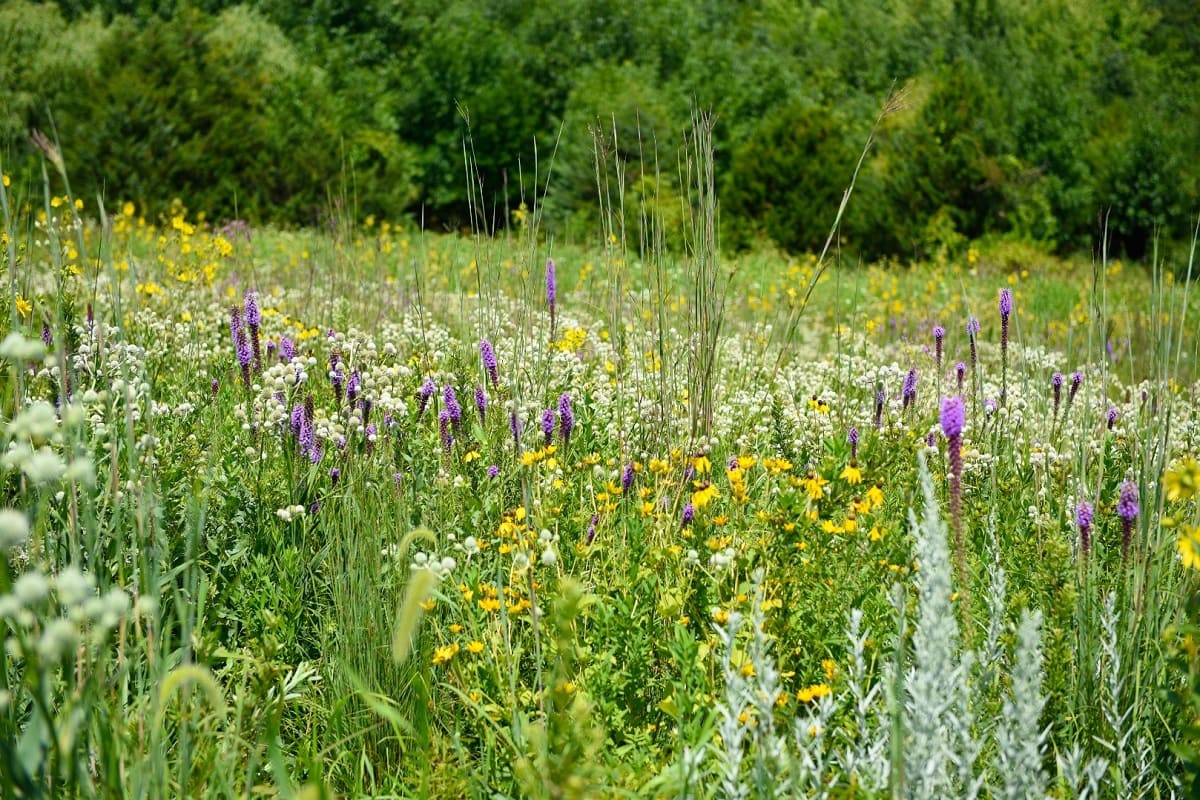

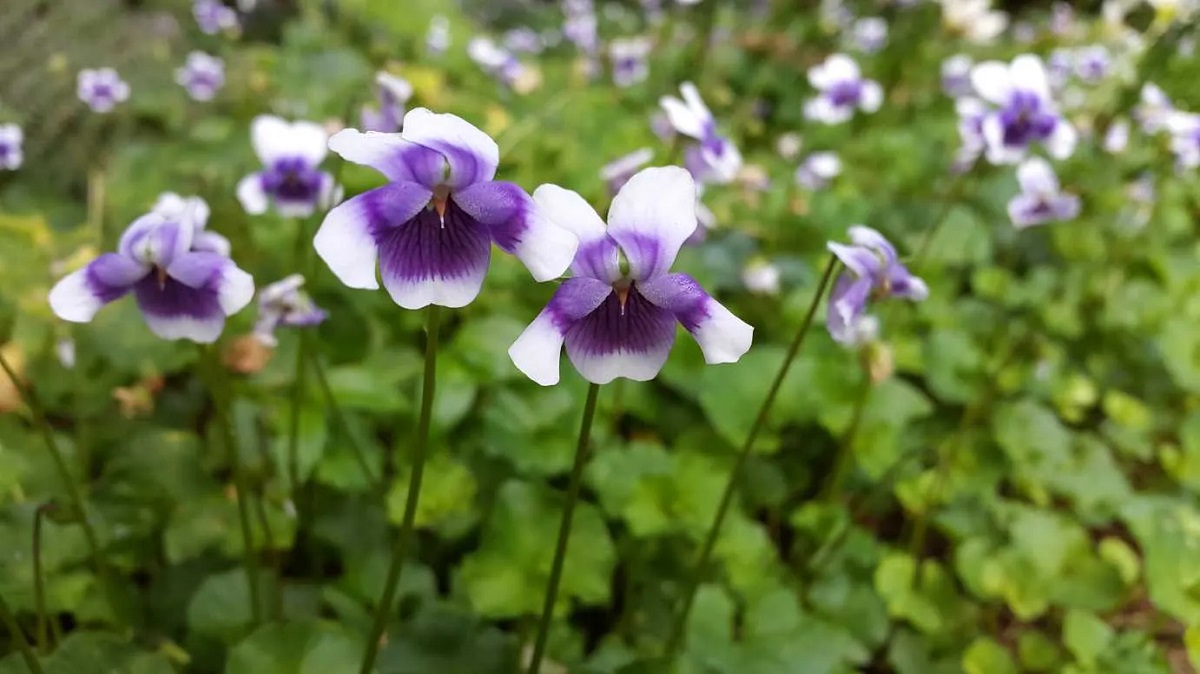
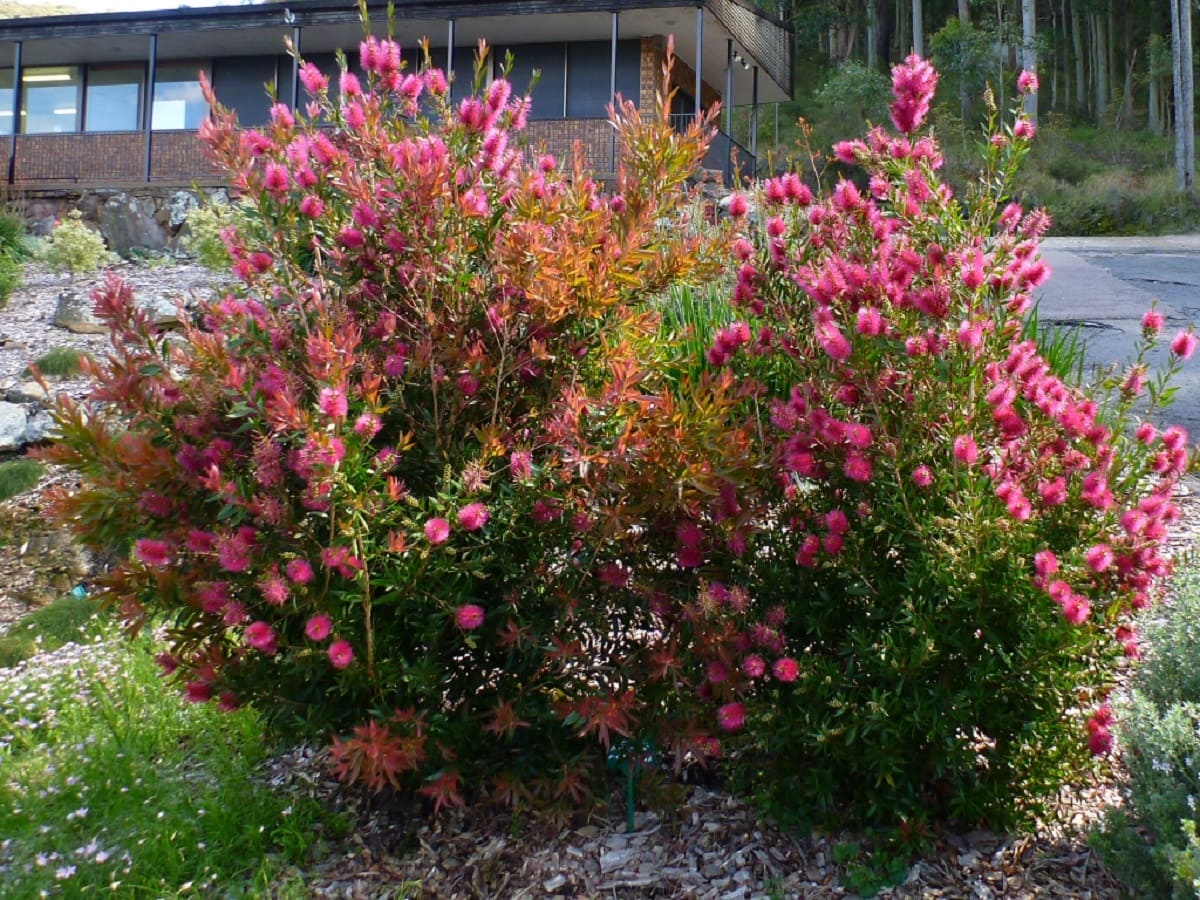
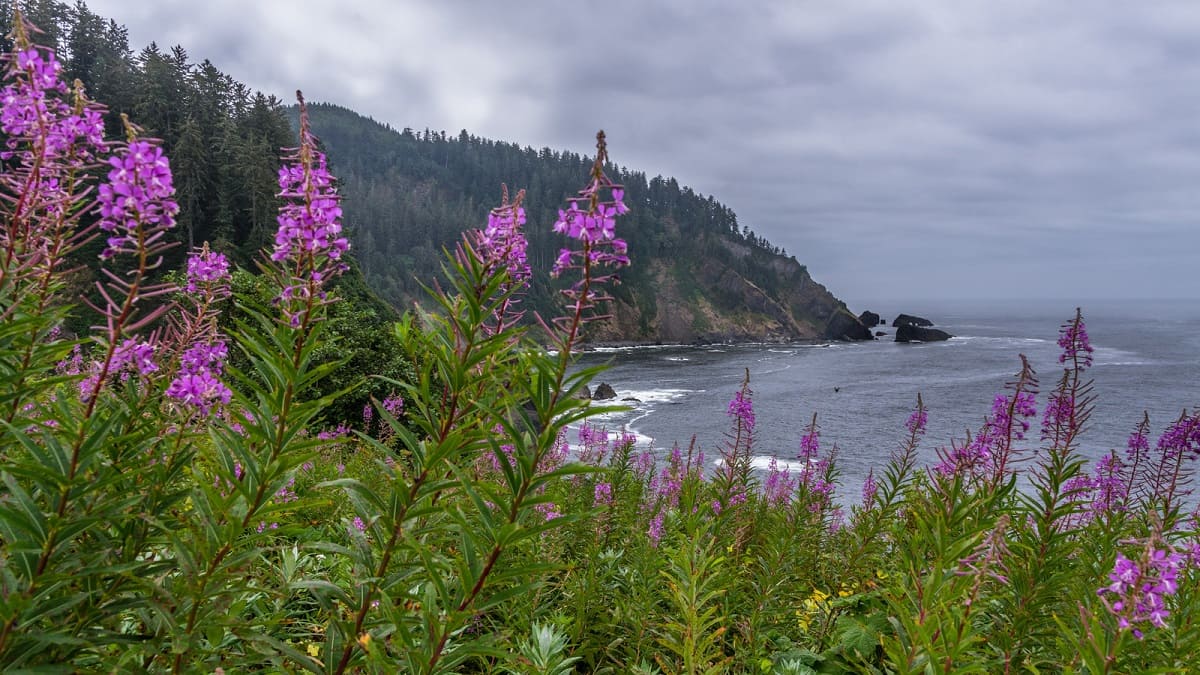
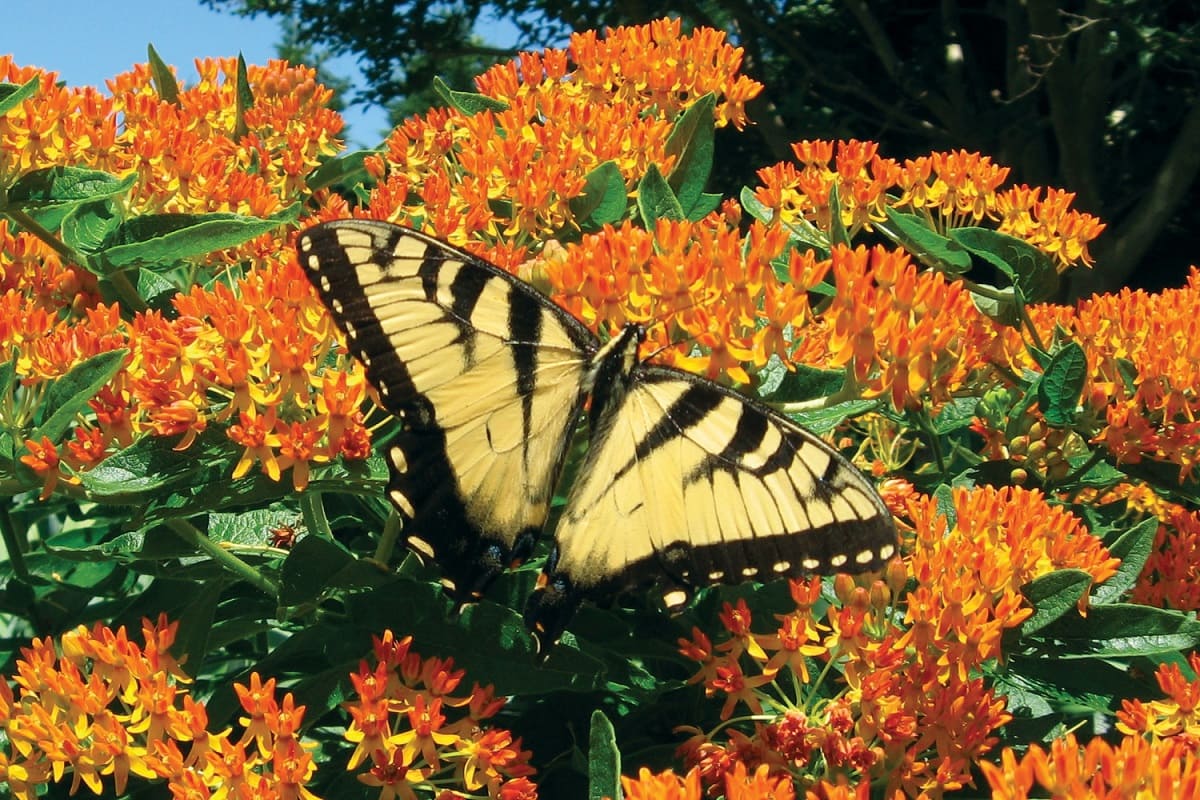
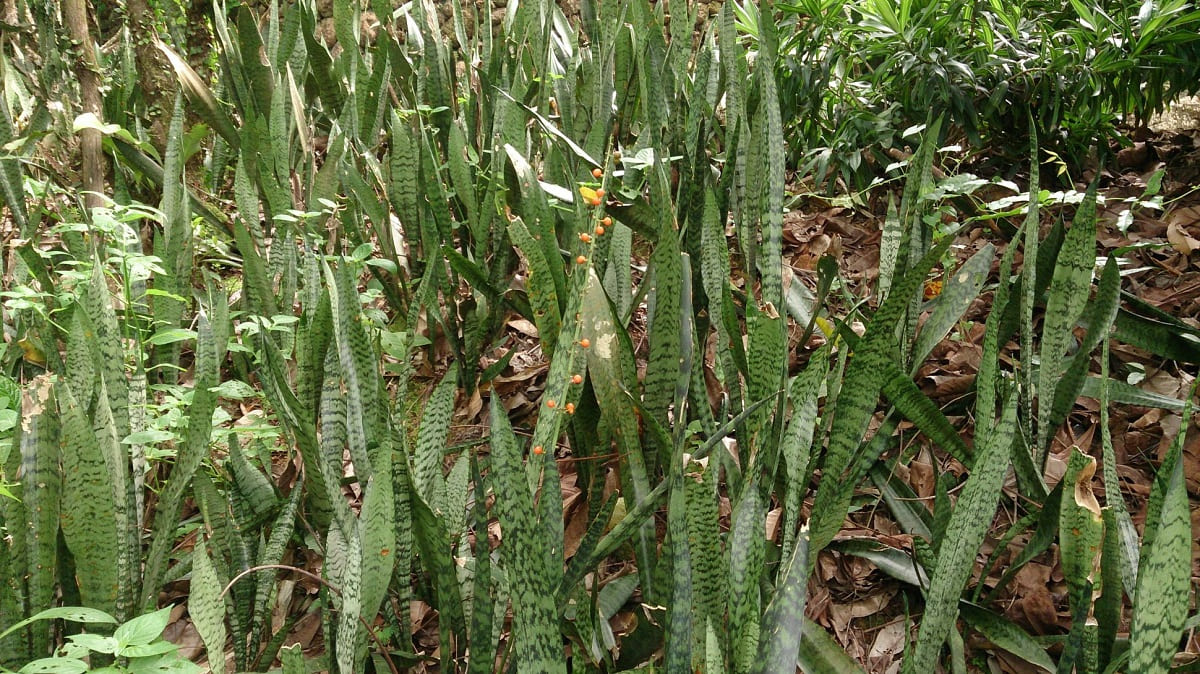
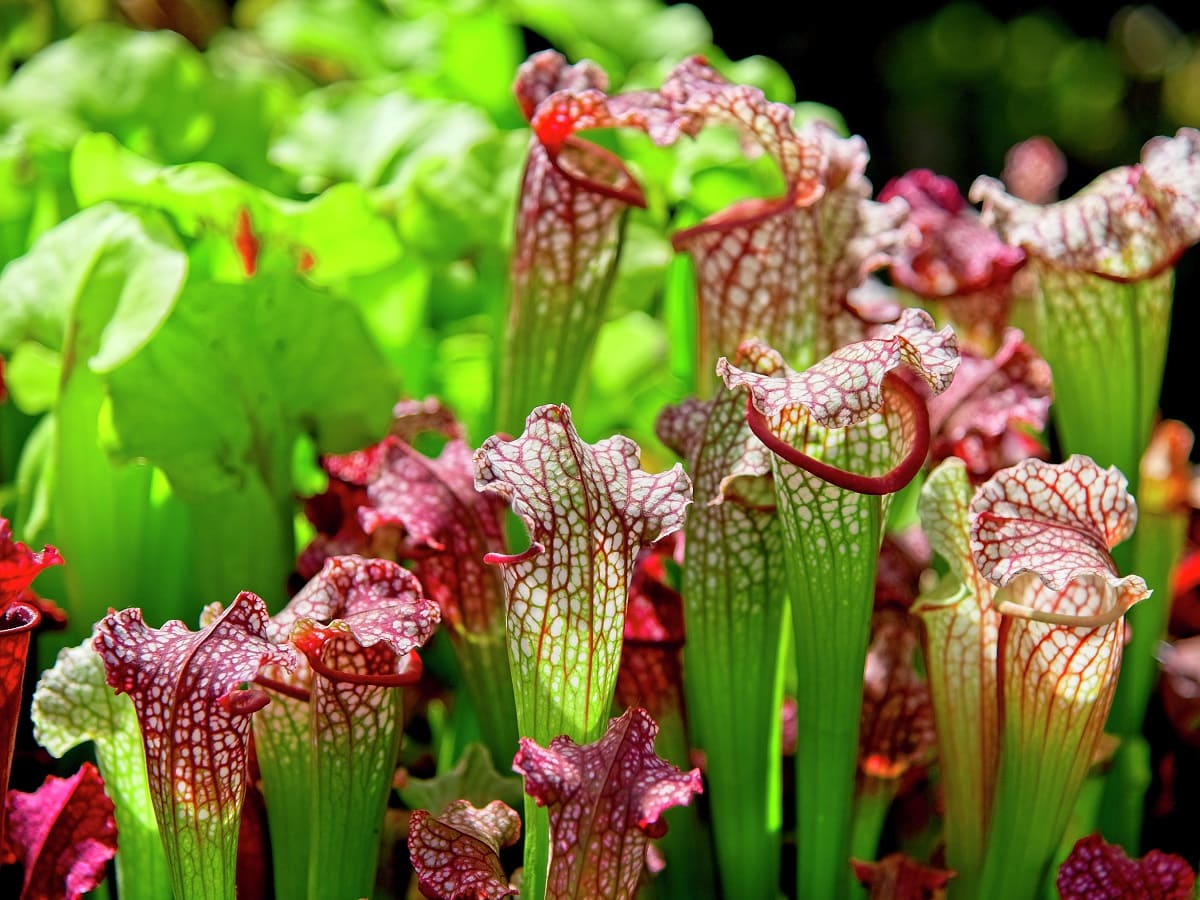
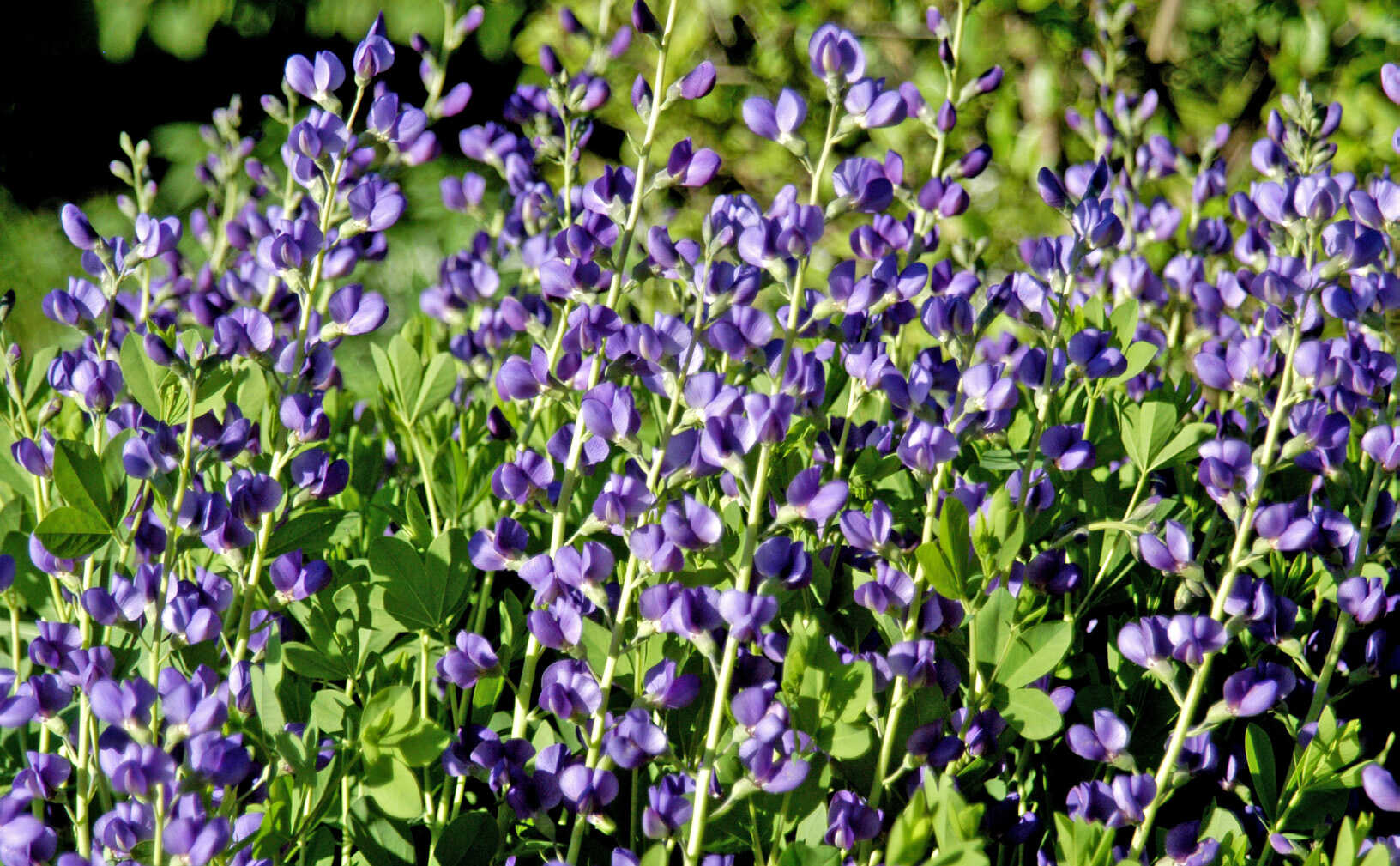

0 thoughts on “How Can A Non-Native Plant In An Ecosystem Affect Native Plants”